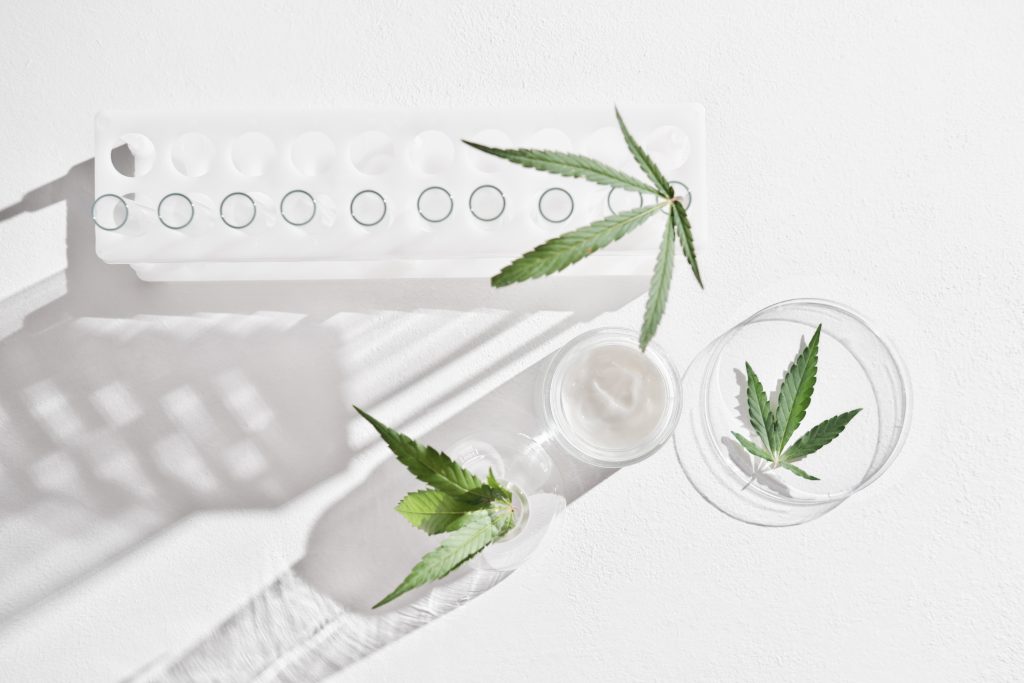No products in the cart.
Cannabis (Cannabis sativa L) is a plant which has long been known for its versatility.
It is used for the production of more than 25.000 products, and here we will focus on the health benefits of its active ingredients (cannabinoid, terpene/terpenoid and flavonoid). The effects of certain cannabinoids confirmed in preclinical studies reflect the potential of those cannabinoids – see Table.





